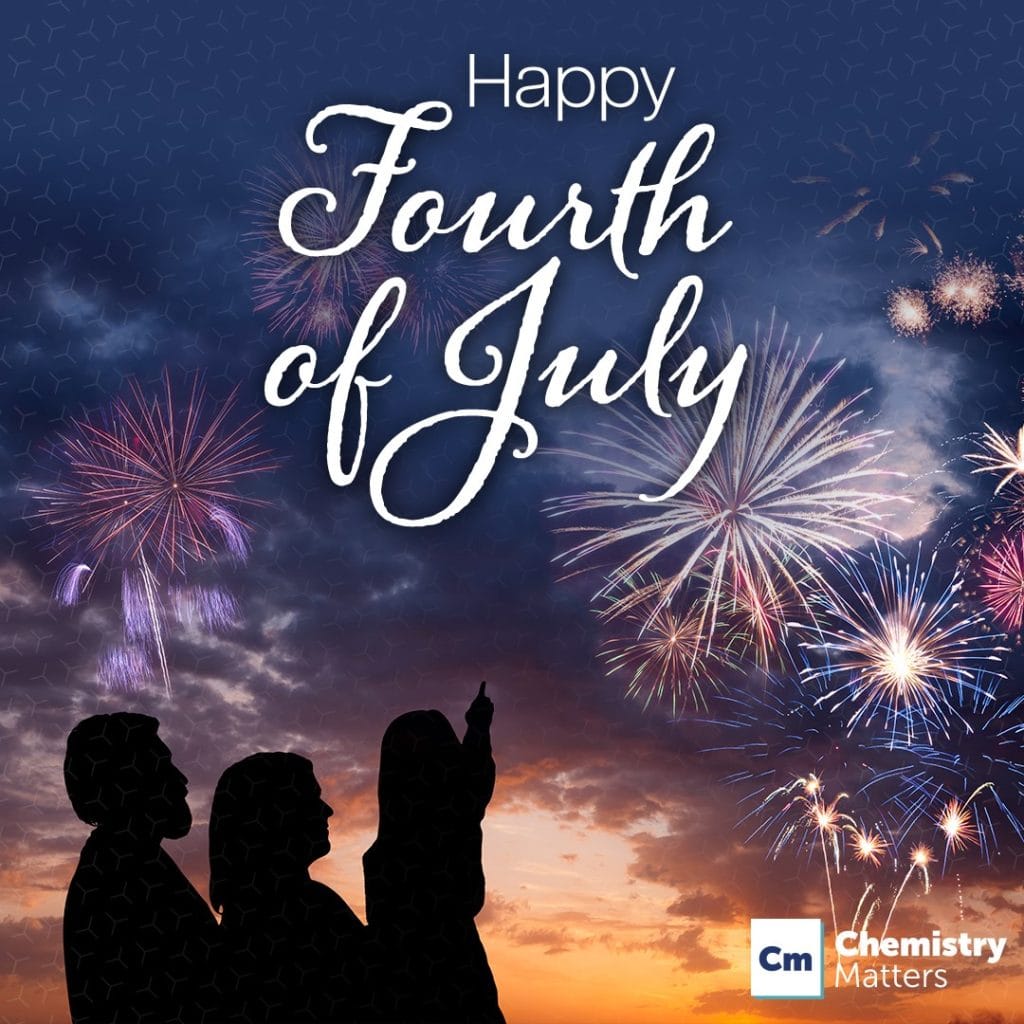Chemistry for the Fourth of July
July 3, 2024

There is nothing more exciting on the Fourth of July than fireworks! Everything you see in a fireworks display is chemistry in action!
There are three types of fireworks—aerial displays, sparklers, and firecrackers. While they all produce different effects, they all require the same three ingredients: an oxidizer, a fuel, and a chemical mixture to produce the colors we all know and love.
Different chemical elements heated to high temperatures release their energy in specific wavelengths of light. This creates those different colors for the audience:
• Deep Reds and Purples: Produced using lithium and strontium carbonates
• Blue: Created with Copper chlorides
• Orange: Made from Calcium chloride
• Green: Made with Barium
The most difficult color for pyrotechnic experts to create is blue, due to Copper’s narrow temperature range.
This Independence Day, have a safe and fun day with your family. Whether you’re traveling to a lake or hanging out at the pool, it’s fun to learn all the ways chemistry helps you have a fun holiday.